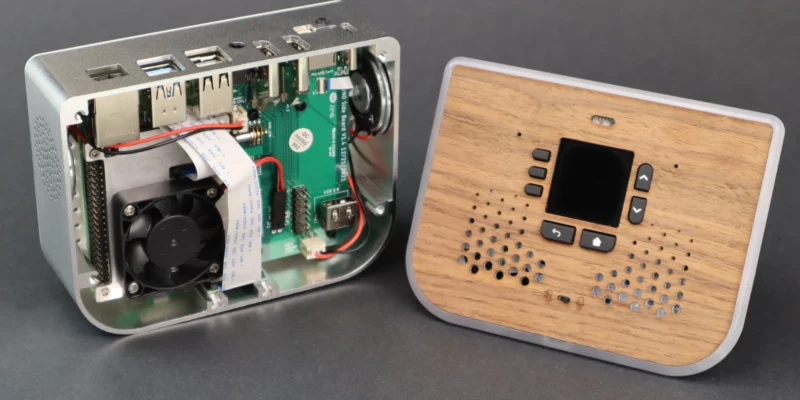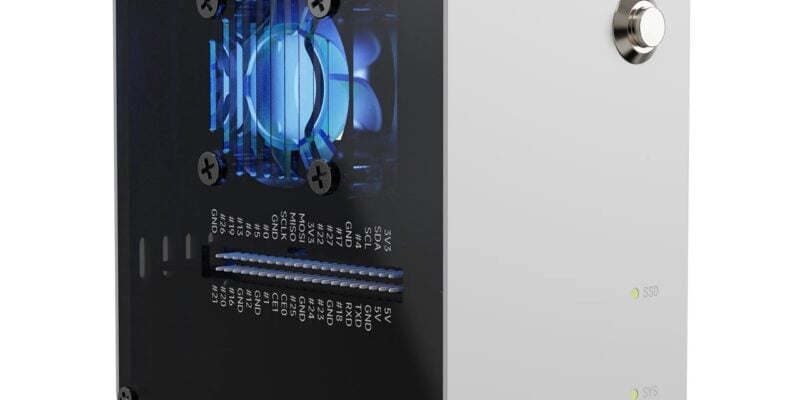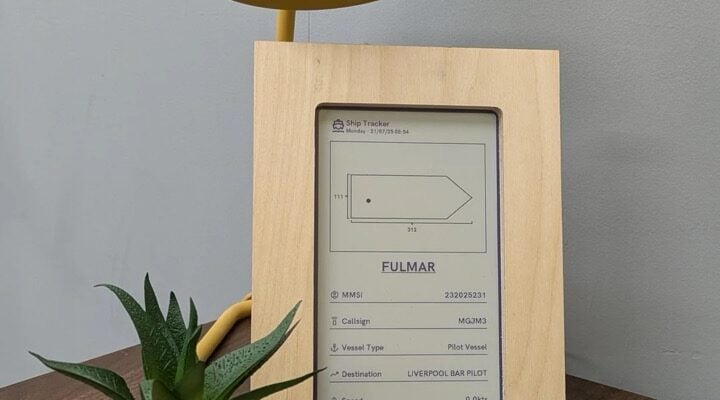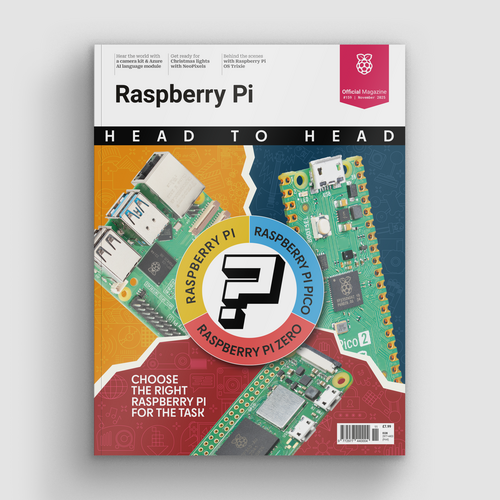From one era to another
By Lucy Hattersley. Posted

I’m looking at a Raspberry Pi 500 on my desk. In many ways it’s a throwback: like a time machine disguised as a keyboard. It could become my holy trinity of childhood computing: Spectrum, Commodore 64, or the Amiga 500 with which it shares its name. I’ve turned it into all three at one point.
The design isn’t nostalgic, though: it’s purposeful. Placing the ultra-powerful Raspberry Pi inside a keyboard produces a modern computer that’s supremely hackable. It can be anything I want. A modern Linux desktop, a coding powerhouse, and a platform to experiment with the cutting edge of electronics and software.
Advertisement
Head to head: Raspberry Pi + Raspberry Pi Zero + Raspberry Pi Pico.
Raspberry Pi isn’t – for me – a nostalgia engine. It’s a platform to experiment with computing like I did as a child. With wide-eyed wonder at this remarkable new invention that enabled you to create, and control, what you saw on the screen instead of being a passive subscriber. The computer was yours to code, break, and ultimately fix. Also it’s red and white instead of beige – a definite improvement.
Next to it is the Raspberry Pi 5 with 16GB RAM, an AI HAT+ and an AI Camera. Here we have a computer that pays homage to the golden era of computing, stacked with a Hailo accelerator capable of performing 26 trillion operations per second. It feels like science fiction today, let alone to my eight-year-old self.
This juxtaposition isn’t a contradiction to me. The same ethos that drove home computing drives Raspberry Pi. Democratise technology and make it understandable to people so they can use it for better living through technology. Whether I’m running a simple Python script or training a machine learning model, the goal is the same: demystify the machine.
I have spent the past few weeks experimenting with connecting Raspberry Pi 5 to the AI HAT+ and the AI Camera, investigating object detection models that can identify everything from household items to birds visiting my garden. I’ve got large language models working (slow but surprisingly easy) and investigated programs that can identify and remember people. Thankfully safely from my desk where I can control the information.
Sony’s use of Raspberry Pi AI Camera on its production line proves this isn’t just nostalgic tinkering. There’s serious industrial potential here. But Raspberry Pi remains a tool that ensures you understand technology rather than deploying something made by other people. (At least as best you can with the black box that is an AI model.)
Raspberry Pi reminds me that progress doesn’t require abandoning your values. You can embrace the new while standing on the shoulders of giants (and honouring them in the process). I’ve got more AI models and code to play with and hope to have something new every month.

Lucy is Editor of Raspberry Pi Official Magazine.
Subscribe to Raspberry Pi Official Magazine
Save up to 37% off the cover price and get a FREE Raspberry Pi Pico 2 W with a subscription to Raspberry Pi Official Magazine.
More articles

All right all right!! Artificial Intelligence, Hollywood style
When we get AI right, odds on it’ll be thanks to small firms, motivated individuals, and Raspberry Pi
Read more →

Pironman 5 Mini review
Compact and bijou, this Raspberry Pi 5 case looks cool
Read more →

E-ink shipping monitor
The display comprises a Raspberry Pi Zero 2 W, a Pimoroni Inky Impression 7.3-inch display, and a Wegmatt dAISy Mini AIS receiver. AIS stands for ‘Automatic Identification System’, and it’s this device that picks up the signals coming from the ships themselves, which goes to the display via the Raspberry Pi Zero 2 W. There’s probably a […]
Read more →
Sign up to the newsletter
Get every issue delivered directly to your inbox and keep up to date with the latest news, offers, events, and more.
